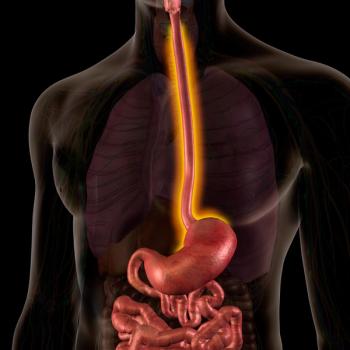
Perioperative fluvastatin treatment associated with improved CV outcome after noncardiac vascular surgery
In the Dutch Echocardiographic Cardiac Risk Evaluation Applying Stress Echocardiography III (DECREASE III) trial published in the New England Journal of Medicine, patients undergoing noncardiac vascular surgery who were treated with perioperative fluvastatin demonstrated a lower incidence of myocardial ischemia than patients treated with placebo.
In the Dutch Echocardiographic Cardiac Risk Evaluation Applying Stress Echocardiography III (DECREASE III) trial published in the New England Journal of Medicine, patients undergoing noncardiac vascular surgery who were treated with perioperative fluvastatin demonstrated a lower incidence of myocardial ischemia than patients treated with placebo.
In this double-blind, placebo-controlled trial, patients aged >40 years who were scheduled to undergo noncardiac vascular surgery (including abdominal aortic aneurysm repair, distal aortoiliac reconstruction, lower-limb arterial reconstruction, and carotid-artery endarterectomy) at the Erasmus Medical Center (Rotterdam, the Netherlands) from June 2004 through April 2008 were randomized to once-daily treatment with either extended-release fluvastatin 80 mg or placebo plus a beta-blocker. Treatment began at the outpatient clinic on the day of randomization and was continued for at least 30 days after surgery. Patients who were currently being treated with a statin at the time of randomization were excluded from the study. The primary outcome was the occurrence of myocardial ischemia, and the secondary outcome was the composite of death from cardiovascular causes and nonfatal myocardial infarction (MI).
A total of 497 patients were included in the study; 250 were treated with fluvastatin, and 247 were treated with placebo. The mean age of enrolled patients was 66 years, and the median interval between study drug initiation and surgical procedure was 37 days. A total of 27 fluvastatin-treated patients (10.8%) and 47 placebo-treated patients (19%) demonstrated evidence of myocardial ischemia within 30 days after surgery (HR=0.55; 95% CI, 0.34–0.88; P=.01). The combined end point of cardiovascular death and nonfatal MI occurred in 12 fluvastatin-treated patients (4.8%) and 25 placebo-treated patients (10.1%) (HR=0.47; 95% CI, 0.24–0.94; P=.03).
The authors pointed out that fluvastatin treatment had to be interrupted in approximately 25% of patients for a median of 2 days, which may have affected the study results. Further analysis, however, demonstrated that the rate of adverse outcomes was not significantly increased among patients with interrupted fluvastatin treatment. The authors stated that the results of this trial “suggest that the benefits of perioperative statin use outweigh the risks and that long-term statin therapy in patients with peripheral arterial disease may be prudently initiated during the perioperative period.”
Schouten O, Boersma E, Hoeks SE, et al; for the Dutch Echocardiographic Cardiac Risk Evaluation Applying Stress Echocardiography Study Group. Fluvastatin and perioperative events in patients undergoing vascular surgery. N Engl J Med. 2009;361:980–989.
Newsletter
Get the latest industry news, event updates, and more from Managed healthcare Executive.
















































